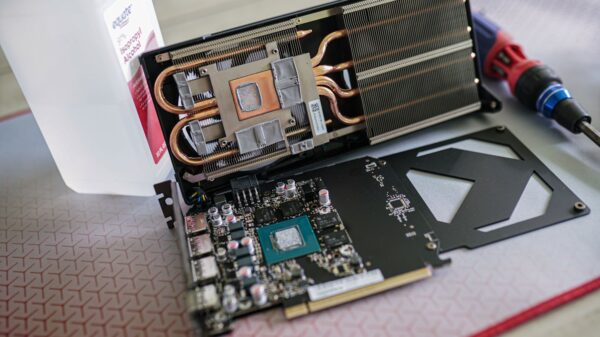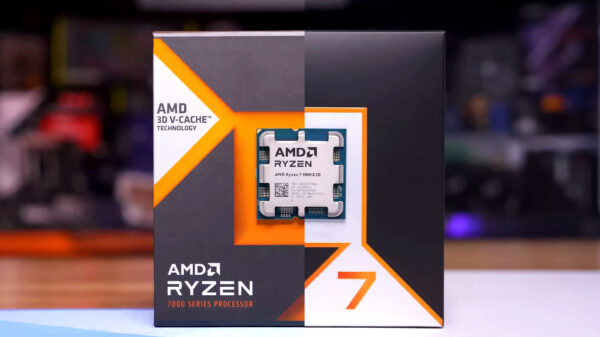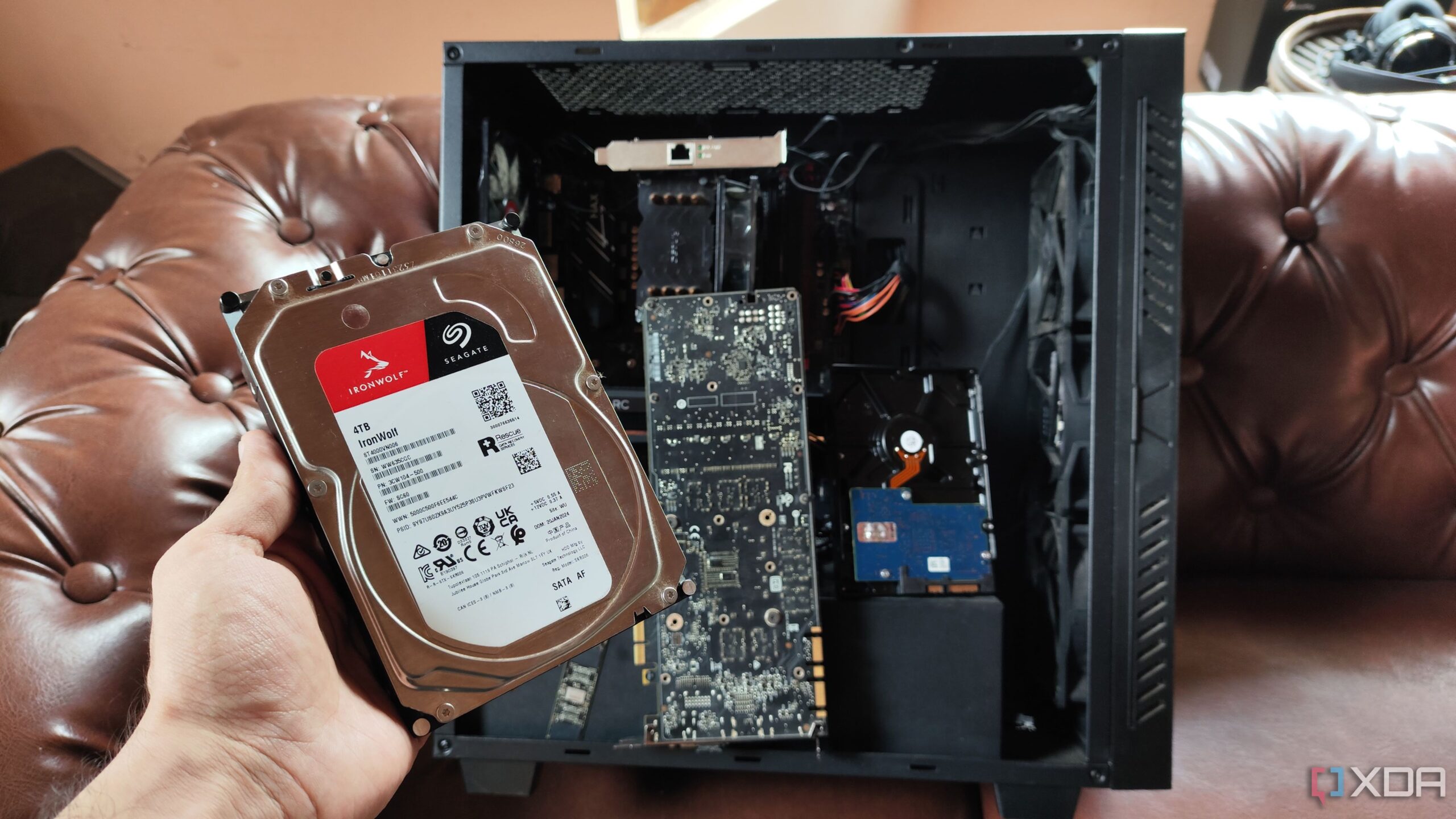UPDATE: Tech enthusiasts are urged to explore the latest in Network-Attached Storage (NAS) operating systems as new evaluations reveal five standout options. These systems are crucial for anyone looking to optimize their data management and file-sharing capabilities.
With the rising demand for efficient data handling, the right NAS operating system can significantly enhance your storage server’s functionality. Expert insights highlight these five distributions that promise to transform your storage experience—each offering unique features tailored for both beginners and seasoned users alike.
EasyNAS is particularly recommended for newcomers. Its user-friendly, icon-based interface simplifies deployment, allowing users to set up a fully functional storage server without the complexity often associated with NAS systems. Despite its ease of use, EasyNAS has not seen updates since its last major release in September 2023, which raises concerns about security vulnerabilities.
Another option, XigmaNAS, capitalizes on FreeBSD and the advanced ZFS file system, making it a robust choice for those seeking customization. This system offers extensive options for SMB, NFS, and iSCSI shares. XigmaNAS also integrates essential tools like Rsync and Syncthing for data backup and synchronization.
Rockstor stands out with its sleek interface and powerful features. Running on Btrfs, it provides snapshots, backups, and cloning capabilities. Users can easily monitor resources through its dashboard and utilize Docker plugins for containerization, enhancing its versatility for various applications.
For those on a budget, OpenMediaVault presents an ideal solution. This lightweight distribution supports ARM processors and requires just 1GB of memory. Its compatibility with numerous add-ons allows users to expand functionality significantly, making it a practical choice for low-cost file-sharing servers.
Topping the list is the widely acclaimed TrueNAS Community Edition. Built on ZFS, it supports multiple RAID levels and excels in performance across various file transfer protocols. Its robust data protection features, including periodic snapshots and Rsync capabilities, make it a favorite among NAS users. With its support for virtualization and a plethora of applications, TrueNAS is a powerhouse for heavy workloads.
As NAS technology continues to evolve, the urgency to select the right operating system cannot be overstated. The right choice can significantly impact data integrity, ease of use, and overall performance.
What’s Next: Users are encouraged to assess their storage needs and consider trying one of these operating systems to enhance their NAS capabilities. With data security and performance at the forefront of technology today, making an informed choice can lead to a more effective and secure storage solution.
Stay tuned for further updates as the NAS landscape continues to develop, and share your experiences with these operating systems to help others in their data management journeys.





































































